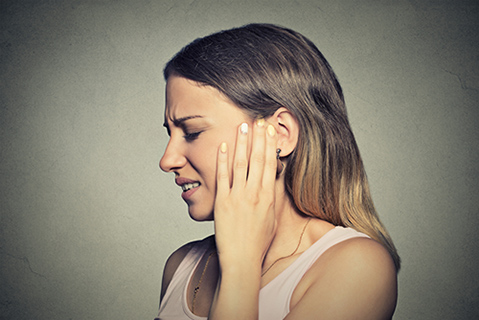
They’re pretty innocent looking, even cute. How could a thin white stick with tightly packed, fluffy cotton at each end pose a hazard? Looks can be deceiving. Cotton swabs (or Q-tips, if you’re familiar with the brand name) can actually endanger your health. Read on to learn what you should never, ever use cotton swabs for.
What’s Wrong with Cotton Swabs?
The answer to that question depends on what you use them for. Let’s say you use them to remove nail polish. Or maybe you’re doing an arts and crafts project, and you dip the swab into some glue and dab it onto the surface you’d like to stick to something else. Those actions aren’t going to threaten your health. “So, what’s the big deal, then?” you ask. “How could a little cotton swab possibly hurt me?”
There’s one use for cotton swabs that’s quite dangerous, and you’ve probably used these products to do this a number of times. Putting cotton swabs in your ears to clean them is downright dangerous.
Why Is Using Cotton Swabs to Clean Your Ears So Unsafe?
If you’ve ever read the packaging on cotton swabs, you’ll see that it says explicitly not to insert them into your ears. Yet, people do it all the time. Why is that?
The simple reason is, it feels good. Our ears contain many nerve endings, and they’re very sensitive. When you touch them, it triggers a pleasurable sensation.
But just because something feels good doesn’t mean it’s good for you, or that you should do it. People generally insert cotton swabs into their ears to remove wax. The problem is that they should leave well enough alone.
There’s a myth that wax is gross or dirty. In reality, wax serves an important function. It waterproofs your ears and acts as a natural antibiotic because of its high acidity level.
Furthermore, when you insert a cotton swab into your ear, you don’t realize how close you are to your eardrum. And you’re most likely pushing wax into the eardrum, where it definitely doesn’t belong. When wax becomes trapped in the eardrum (which isn’t self-cleaning, unlike the outer ear), bacteria, fungus, and viruses build up. None of those organisms are desirable, and they can all lead to you becoming ill. If you push the cotton swab too far into your ear, you might even puncture your eardrum.
So, How Should You Clean Your Ears?
The American Academy of Otolaryngology – Head and Neck Surgery recommends cleaning the outside of your ear with a washcloth. Under no circumstances should you insert anything into your ear.
If ear wax is blocking your ears and preventing you from hearing properly, you can treat the condition at home by placing a few drops of baby oil, glycerin or mineral oil in your ears. There are also over-the-counter treatments available to remove excessive ear wax.
Irrigation kits for cleansing the ears can also clear up wax-related blockages. However, you shouldn’t use them if you have diabetes, a perforated eardrum, tubes in your ears, eczema in the ear canal or a weakened immune system.
Should you suffer from one of those conditions, talk to your doctor or ENT specialist about removing ear wax. He or she can do it safely to severely reduce any risks.
Choose the Ear Expert to Protect Your Health
Houston Sinus and Allergy has over a decade of experience in treating nasal allergies. Our practice has won numerous awards, including being voted the Living Best of Reader’s Choice Award in 2015.
You can reach us by calling (832) 237-7777, or fill out the form at the top of the page to book an assessment to start feeling better!
